Pistachios are not only delicious, but they also offer numerous health benefits. They are versatile nuts that can be enjoyed in various forms, including roasted and raw. While both options have their own unique qualities and flavors, understanding the differences between roasted pistachios and raw pistachios can help you make an informed decision based on your preferences and nutritional needs. In this article, we will explore the disparities in taste, texture, nutritional value, and potential health effects of these two distinct forms of pistachios. Taste and Texture: 1. Roasted Pistachios: Roasting pistachios enhances their natural flavors, intensifying their nutty and slightly sweet taste. The roasting process also gives roasted pistachios a more crunchy texture, making them an enjoyable snack. The heat involved in the roasting process can also create a slightly smoky or caramelized flavor profile, adding to their appeal. 2. Raw Pistachios: Raw pistachios have a milder and more subtle taste compared to their roasted counterparts. The flavor is similar to fresh, unadulterated nuts. In terms of texture, raw pistachios are softer and less crunchy than roasted pistachios, providing a smoother and creamier experience when consumed. Nutritional Value: 1. Roasted Pistachios: Roasting pistachios alters their nutritional composition to some extent. While the change is minimal, it is important to note that the roasting process can lead to a loss of certain heat-sensitive nutrients such as vitamin C. On the other hand, roasted pistachios offer higher levels of certain beneficial compounds like antioxidants. Roasted pistachios are also typically seasoned with salt and may contain oil additives, which can affect their overall nutritional profile and sodium content. It is crucial to read the label when purchasing roasted pistachios to ensure awareness of the specific ingredients and potential health implications. 2. Raw Pistachios: Raw pistachios retain their natural nutritional content, making them a great choice for individuals seeking a minimally processed snack. Raw pistachios are rich in essential nutrients like dietary fiber, protein, healthy fats (including monounsaturated fats), vitamins (such as vitamin B6), and minerals (such as potassium and magnesium). They are also naturally low in sodium, making them suitable for individuals aiming to limit their salt intake. Potential Health Effects: 1. Roasted Pistachios: Roasted pistachios offer a range of potential health benefits due to their nutrient composition. The antioxidants found in these nuts may help reduce oxidative stress and inflammation, contributing to improved cardiovascular health. However, it is important to consume roasted pistachios in moderation, as the added seasonings and potential oil additives can increase calorie intake and sodium levels.
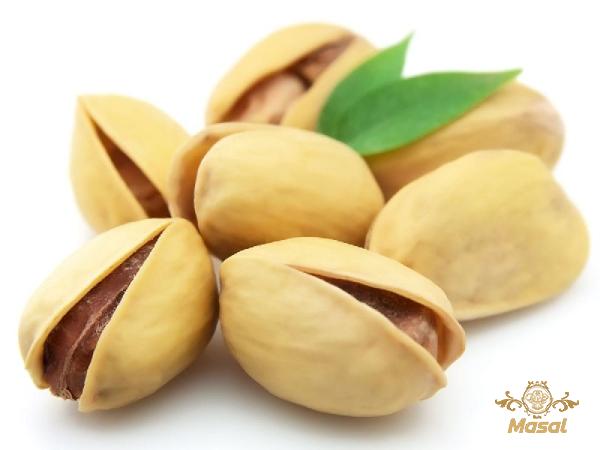
nut
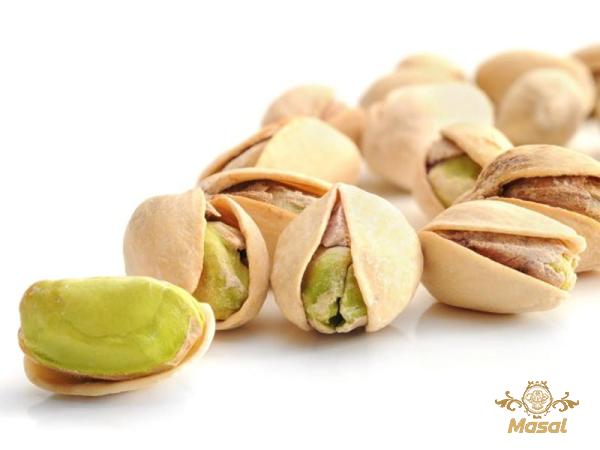 2. Raw Pistachios: Similar to roasted pistachios, raw pistachios are known for their nutritional value and potential health benefits. The rich fiber content of raw pistachios can support digestive health by promoting regularity and reducing the risk of constipation. The healthy fats found in raw pistachios can also contribute to heart health, as they are associated with lower levels of LDL (bad) cholesterol. Additionally, the high levels of potassium in raw pistachios can help maintain healthy blood pressure levels. Conclusion: Both roasted and raw pistachios have their own unique characteristics, offering consumers a choice based on individual preferences and priorities. Roasted pistachios provide a robust flavor profile, enhanced crunchiness, and the potential benefits of antioxidants. However, they may contain higher sodium levels and additional additives. Raw pistachios, on the other hand, retain their natural taste and offer a smoother texture while preserving essential nutrients and being lower in sodium. Ultimately, the choice between roasted and raw pistachios comes down to personal preference, dietary needs, and awareness of the potential health implications associated with each option. Regardless of the form you choose, pistachios are a healthy and delicious addition to a balanced diet. Roasted Pistachios vs. Raw: Exploring the Differences I. Introduction II. Taste and Texture Roasted Pistachios: Roasting pistachios enhances their natural flavors, intensifying their nutty and slightly sweet taste. The roasting process also gives roasted pistachios a more crunchy texture, making them an enjoyable snack. The heat involved in the roasting process can also create a slightly smoky or caramelized flavor profile, adding to their appeal. The roasting process involves exposing the pistachios to high temperatures, which causes the natural oils inside the nuts to come to the surface, resulting in a crispier texture. Raw Pistachios: Raw pistachios have a milder and more subtle taste compared to their roasted counterparts. The flavor is similar to fresh, unadulterated nuts. In terms of texture, raw pistachios are softer and less crunchy than roasted pistachios, providing a smoother and creamier experience when consumed. Some people prefer the raw variety for their natural taste and softer texture, especially when incorporating pistachios into recipes where texture is important. III. Nutritional Value Roasted Pistachios: Roasting pistachios alters their nutritional composition to some extent. While the change is minimal, it is important to note that the roasting process can lead to a loss of certain heat-sensitive nutrients such as vitamin C. However, roasted pistachios offer higher levels of certain beneficial compounds like antioxidants. Antioxidants are known for their potential to neutralize harmful free radicals in the body, reducing oxidative stress and inflammation. Roasted pistachios also contain slightly higher levels of protein than raw pistachios. However, it is essential to be aware of the potential downsides, such as higher calorie and sodium content due to added seasonings and potential oil additives. Raw Pistachios: Raw pistachios retain their natural nutritional content, making them a great choice for individuals seeking a minimally processed snack. They are rich in essential nutrients like dietary fiber, protein, healthy fats (including monounsaturated fats), vitamins (such as vitamin B6), and minerals (such as potassium and magnesium). Dietary fiber plays a crucial role in maintaining a healthy digestive system and can aid in weight management by promoting feelings of fullness. The healthy fats found in raw pistachios have been associated with lower levels of LDL (bad) cholesterol, decreasing the risk of heart disease. Additionally, the high levels of potassium in raw pistachios can help maintain healthy blood pressure levels. IV. Potential Health Effects Roasted Pistachios: Roasted pistachios offer a range of potential health benefits due to their nutrient composition. The antioxidants found in these nuts may help reduce oxidative stress and inflammation, contributing to improved cardiovascular health.
2. Raw Pistachios: Similar to roasted pistachios, raw pistachios are known for their nutritional value and potential health benefits. The rich fiber content of raw pistachios can support digestive health by promoting regularity and reducing the risk of constipation. The healthy fats found in raw pistachios can also contribute to heart health, as they are associated with lower levels of LDL (bad) cholesterol. Additionally, the high levels of potassium in raw pistachios can help maintain healthy blood pressure levels. Conclusion: Both roasted and raw pistachios have their own unique characteristics, offering consumers a choice based on individual preferences and priorities. Roasted pistachios provide a robust flavor profile, enhanced crunchiness, and the potential benefits of antioxidants. However, they may contain higher sodium levels and additional additives. Raw pistachios, on the other hand, retain their natural taste and offer a smoother texture while preserving essential nutrients and being lower in sodium. Ultimately, the choice between roasted and raw pistachios comes down to personal preference, dietary needs, and awareness of the potential health implications associated with each option. Regardless of the form you choose, pistachios are a healthy and delicious addition to a balanced diet. Roasted Pistachios vs. Raw: Exploring the Differences I. Introduction II. Taste and Texture Roasted Pistachios: Roasting pistachios enhances their natural flavors, intensifying their nutty and slightly sweet taste. The roasting process also gives roasted pistachios a more crunchy texture, making them an enjoyable snack. The heat involved in the roasting process can also create a slightly smoky or caramelized flavor profile, adding to their appeal. The roasting process involves exposing the pistachios to high temperatures, which causes the natural oils inside the nuts to come to the surface, resulting in a crispier texture. Raw Pistachios: Raw pistachios have a milder and more subtle taste compared to their roasted counterparts. The flavor is similar to fresh, unadulterated nuts. In terms of texture, raw pistachios are softer and less crunchy than roasted pistachios, providing a smoother and creamier experience when consumed. Some people prefer the raw variety for their natural taste and softer texture, especially when incorporating pistachios into recipes where texture is important. III. Nutritional Value Roasted Pistachios: Roasting pistachios alters their nutritional composition to some extent. While the change is minimal, it is important to note that the roasting process can lead to a loss of certain heat-sensitive nutrients such as vitamin C. However, roasted pistachios offer higher levels of certain beneficial compounds like antioxidants. Antioxidants are known for their potential to neutralize harmful free radicals in the body, reducing oxidative stress and inflammation. Roasted pistachios also contain slightly higher levels of protein than raw pistachios. However, it is essential to be aware of the potential downsides, such as higher calorie and sodium content due to added seasonings and potential oil additives. Raw Pistachios: Raw pistachios retain their natural nutritional content, making them a great choice for individuals seeking a minimally processed snack. They are rich in essential nutrients like dietary fiber, protein, healthy fats (including monounsaturated fats), vitamins (such as vitamin B6), and minerals (such as potassium and magnesium). Dietary fiber plays a crucial role in maintaining a healthy digestive system and can aid in weight management by promoting feelings of fullness. The healthy fats found in raw pistachios have been associated with lower levels of LDL (bad) cholesterol, decreasing the risk of heart disease. Additionally, the high levels of potassium in raw pistachios can help maintain healthy blood pressure levels. IV. Potential Health Effects Roasted Pistachios: Roasted pistachios offer a range of potential health benefits due to their nutrient composition. The antioxidants found in these nuts may help reduce oxidative stress and inflammation, contributing to improved cardiovascular health.
Specifications of nut
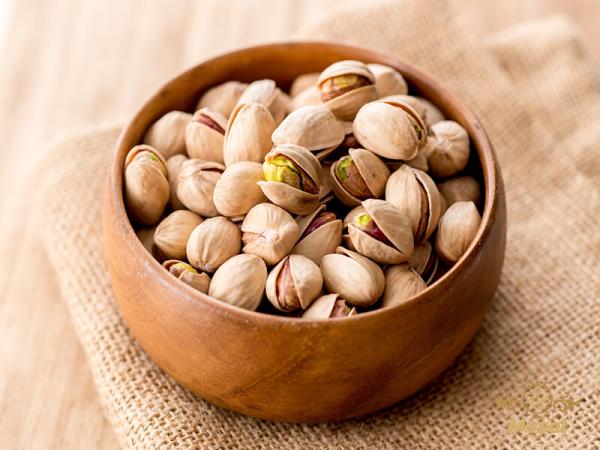 They are also a good source of fiber, which aids in digestion and can help regulate blood sugar levels. Additionally, the protein content in roasted pistachios can support muscle development and repair. However, it is important to consume roasted pistachios in moderation, as the added seasonings and potential oil additives can increase calorie intake and sodium levels. Individuals with hypertension or those who need to limit their sodium intake should be cautious about consuming roasted pistachios excessively. Raw Pistachios: Similar to roasted pistachios, raw pistachios are known for their nutritional value and potential health benefits. The rich fiber content of raw pistachios can support digestive health by promoting regularity and reducing the risk of constipation. The healthy fats found in raw pistachios can also contribute to heart health, as they are associated with lower levels of LDL (bad) cholesterol. The high levels of potassium in raw pistachios can help maintain healthy blood pressure levels, reducing the risk of hypertension. Additionally, raw pistachios contain phytochemicals such as lutein and zeaxanthin, which are beneficial for eye health and may protect against age-related macular degeneration. V. Culinary Applications Roasted Pistachios: Roasted pistachios are often used in cooking and baking due to their intense flavor and crunchy texture. They can be added to a wide variety of dishes, including salads, granola bars, desserts, and even as a topping for ice cream. The roasted flavor profile pairs well with savory dishes, making roasted pistachios an excellent choice for incorporating into meat rubs, pilafs, or pestos. Raw Pistachios: Raw pistachios are popular for their versatility in culinary applications. They can be used in both sweet and savory recipes, providing a mild and nutty flavor. Raw pistachios can be added to baked goods, such as cookies and cakes, or included in homemade energy bars and trail mixes. They can also be ground into a paste or used as a topping for yogurt or oatmeal. Additionally, raw pistachios can be included in various salads, stir-fries, and roasted vegetable dishes to add a delightful crunch and nutty flavor. VI. Market Trends The pistachio market has witnessed significant growth in recent years, driven by increasing consumer awareness of the health benefits associated with these nuts. According to a report by Grand View Research, the global pistachio market size was valued at USD 5.52 billion in 2020 and is expected to grow at a compound annual growth rate (CAGR) of 6.7% from 2021 to 2028. Roasted and raw pistachios both hold a significant share in the market, catering to different consumer preferences.
They are also a good source of fiber, which aids in digestion and can help regulate blood sugar levels. Additionally, the protein content in roasted pistachios can support muscle development and repair. However, it is important to consume roasted pistachios in moderation, as the added seasonings and potential oil additives can increase calorie intake and sodium levels. Individuals with hypertension or those who need to limit their sodium intake should be cautious about consuming roasted pistachios excessively. Raw Pistachios: Similar to roasted pistachios, raw pistachios are known for their nutritional value and potential health benefits. The rich fiber content of raw pistachios can support digestive health by promoting regularity and reducing the risk of constipation. The healthy fats found in raw pistachios can also contribute to heart health, as they are associated with lower levels of LDL (bad) cholesterol. The high levels of potassium in raw pistachios can help maintain healthy blood pressure levels, reducing the risk of hypertension. Additionally, raw pistachios contain phytochemicals such as lutein and zeaxanthin, which are beneficial for eye health and may protect against age-related macular degeneration. V. Culinary Applications Roasted Pistachios: Roasted pistachios are often used in cooking and baking due to their intense flavor and crunchy texture. They can be added to a wide variety of dishes, including salads, granola bars, desserts, and even as a topping for ice cream. The roasted flavor profile pairs well with savory dishes, making roasted pistachios an excellent choice for incorporating into meat rubs, pilafs, or pestos. Raw Pistachios: Raw pistachios are popular for their versatility in culinary applications. They can be used in both sweet and savory recipes, providing a mild and nutty flavor. Raw pistachios can be added to baked goods, such as cookies and cakes, or included in homemade energy bars and trail mixes. They can also be ground into a paste or used as a topping for yogurt or oatmeal. Additionally, raw pistachios can be included in various salads, stir-fries, and roasted vegetable dishes to add a delightful crunch and nutty flavor. VI. Market Trends The pistachio market has witnessed significant growth in recent years, driven by increasing consumer awareness of the health benefits associated with these nuts. According to a report by Grand View Research, the global pistachio market size was valued at USD 5.52 billion in 2020 and is expected to grow at a compound annual growth rate (CAGR) of 6.7% from 2021 to 2028. Roasted and raw pistachios both hold a significant share in the market, catering to different consumer preferences.
buy nut
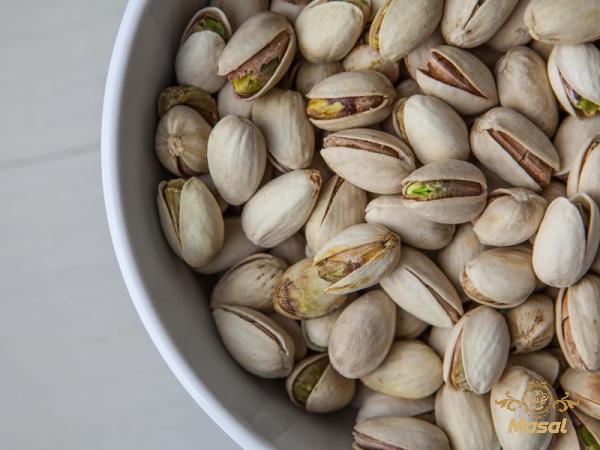 VII. Consumer Preference and Buying Patterns Consumer preference for roasted or raw pistachios varies based on individual tastes and lifestyle choices. Some consumers enjoy the enhanced flavors and crunchiness of roasted pistachios, while others prefer the natural taste and soft texture of the raw variety. Several factors such as flavor profiles, health considerations, and usage preferences contribute to the buying patterns of consumers. It is essential for businesses in the pistachio industry to understand these preferences and cater to the specific demands of their target markets. VIII. Pricing and Margins Pricing strategies for roasted and raw pistachios depend on factors such as quality, brand reputation, and market demand. Roasted pistachios tend to be priced slightly higher than raw pistachios due to the additional processing involved in the roasting process. The cost of ingredients such as seasonings and potential oil additives also affects the pricing of roasted pistachios. However, businesses can capitalize on the added value and consumer demand for roasted pistachios to maximize profit margins. IX. Packaging and Branding Packaging plays a crucial role in attracting consumers and differentiating between roasted and raw pistachios. Branded packaging that highlights the unique qualities of each type can influence consumer choices. For roasted pistachios, packaging may emphasize the bold flavors and crunchiness, while raw pistachios can be marketed for their natural and nutritional value. Transparent or resealable packaging is gaining popularity as it allows customers to see the product’s quality and freshness. X. Environmental Sustainability Sustainability is an important consideration for businesses in the pistachio industry. Measures such as responsible water management, soil conservation practices, and reducing greenhouse gas emissions are essential for the long-term viability of pistachio cultivation. Supporting sustainable farming methods and maintaining ethical sourcing practices can also contribute to a positive brand image and attract environmentally conscious consumers. XI. Conclusion Roasted and raw pistachios offer unique taste experiences and nutritional benefits to consumers. Roasted pistachios are known for their intensified flavors and crunchiness but may contain additional seasonings and higher sodium levels. On the other hand, raw pistachios maintain their natural taste, softer texture, and lower sodium content. Understanding consumer preferences, market trends, and the importance of sustainability can help businesses in the pistachio industry cater to the diverse needs of their target markets. Ultimately, both forms of pistachios have their own merits and can be enjoyed as part of a balanced diet.
VII. Consumer Preference and Buying Patterns Consumer preference for roasted or raw pistachios varies based on individual tastes and lifestyle choices. Some consumers enjoy the enhanced flavors and crunchiness of roasted pistachios, while others prefer the natural taste and soft texture of the raw variety. Several factors such as flavor profiles, health considerations, and usage preferences contribute to the buying patterns of consumers. It is essential for businesses in the pistachio industry to understand these preferences and cater to the specific demands of their target markets. VIII. Pricing and Margins Pricing strategies for roasted and raw pistachios depend on factors such as quality, brand reputation, and market demand. Roasted pistachios tend to be priced slightly higher than raw pistachios due to the additional processing involved in the roasting process. The cost of ingredients such as seasonings and potential oil additives also affects the pricing of roasted pistachios. However, businesses can capitalize on the added value and consumer demand for roasted pistachios to maximize profit margins. IX. Packaging and Branding Packaging plays a crucial role in attracting consumers and differentiating between roasted and raw pistachios. Branded packaging that highlights the unique qualities of each type can influence consumer choices. For roasted pistachios, packaging may emphasize the bold flavors and crunchiness, while raw pistachios can be marketed for their natural and nutritional value. Transparent or resealable packaging is gaining popularity as it allows customers to see the product’s quality and freshness. X. Environmental Sustainability Sustainability is an important consideration for businesses in the pistachio industry. Measures such as responsible water management, soil conservation practices, and reducing greenhouse gas emissions are essential for the long-term viability of pistachio cultivation. Supporting sustainable farming methods and maintaining ethical sourcing practices can also contribute to a positive brand image and attract environmentally conscious consumers. XI. Conclusion Roasted and raw pistachios offer unique taste experiences and nutritional benefits to consumers. Roasted pistachios are known for their intensified flavors and crunchiness but may contain additional seasonings and higher sodium levels. On the other hand, raw pistachios maintain their natural taste, softer texture, and lower sodium content. Understanding consumer preferences, market trends, and the importance of sustainability can help businesses in the pistachio industry cater to the diverse needs of their target markets. Ultimately, both forms of pistachios have their own merits and can be enjoyed as part of a balanced diet.

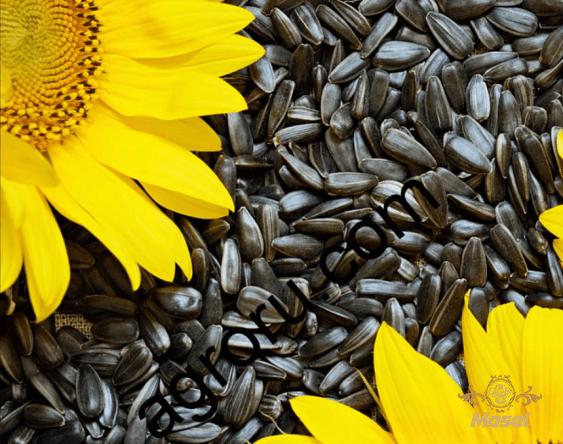
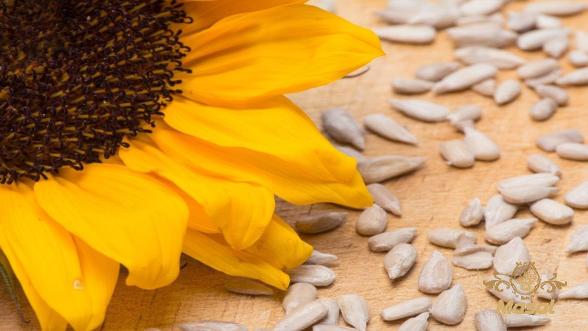
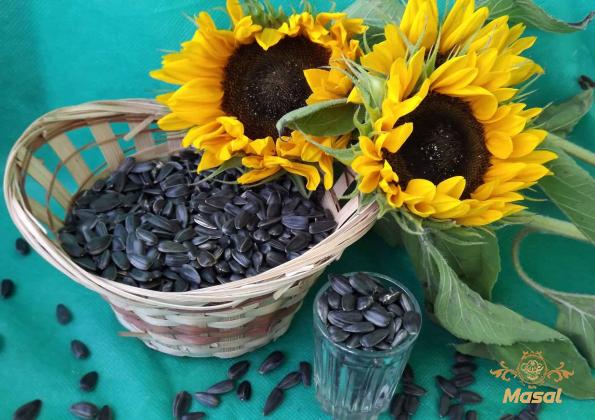


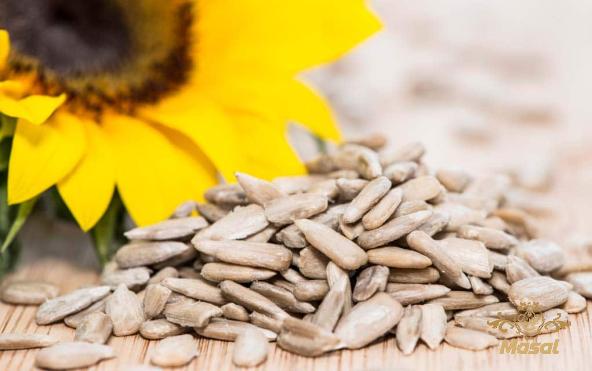
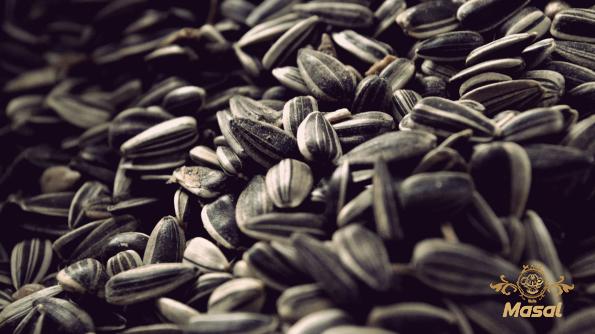
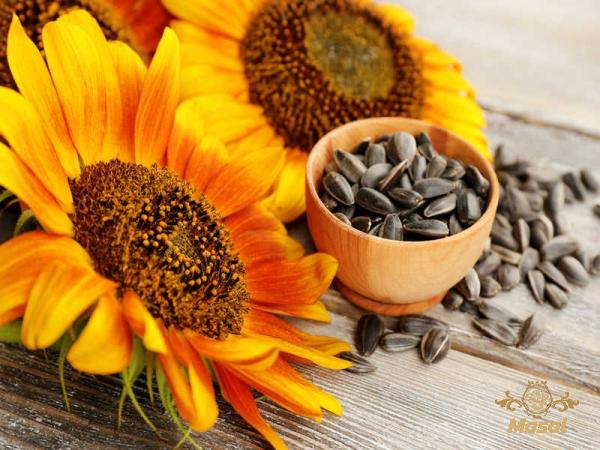
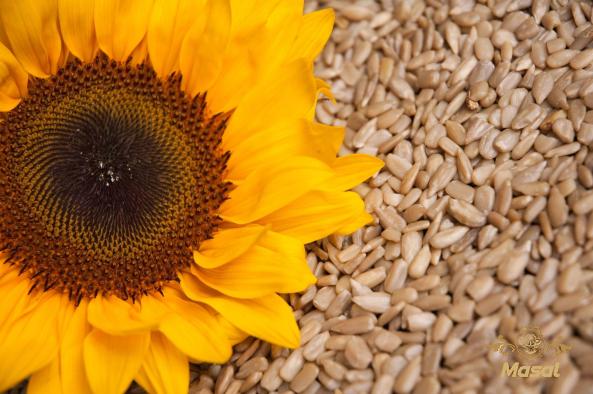
Your comment submitted.